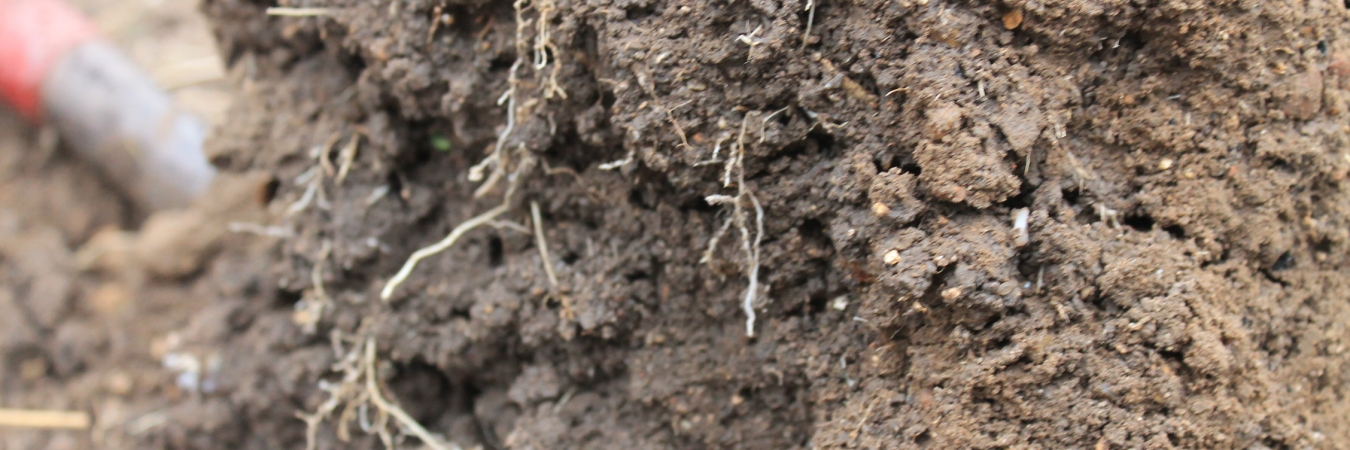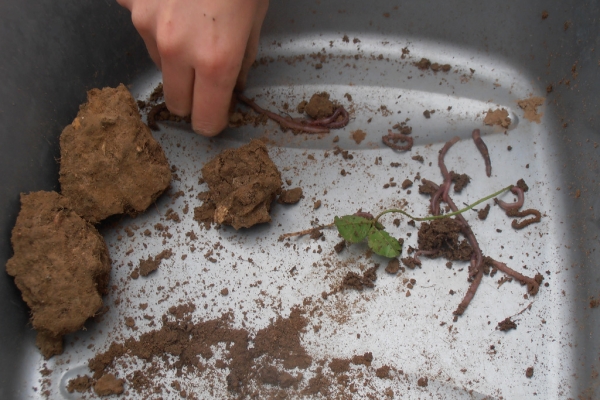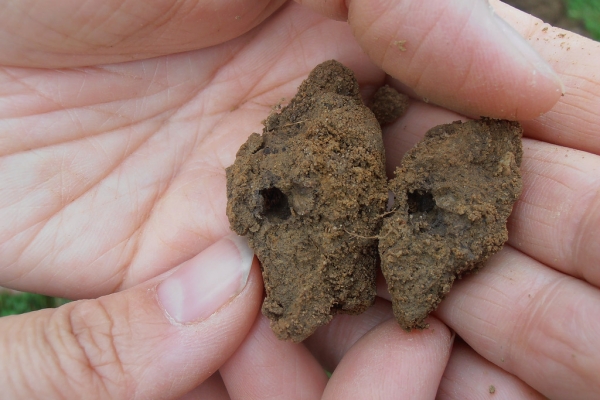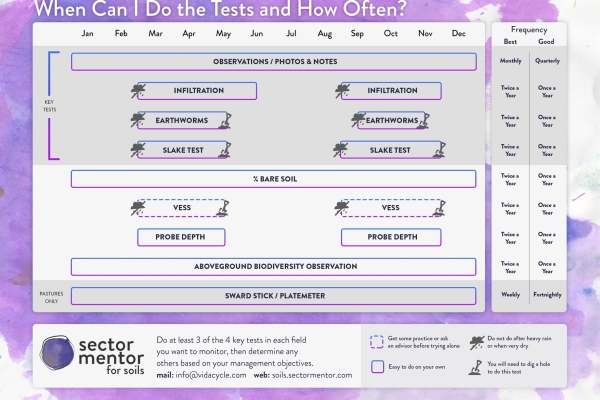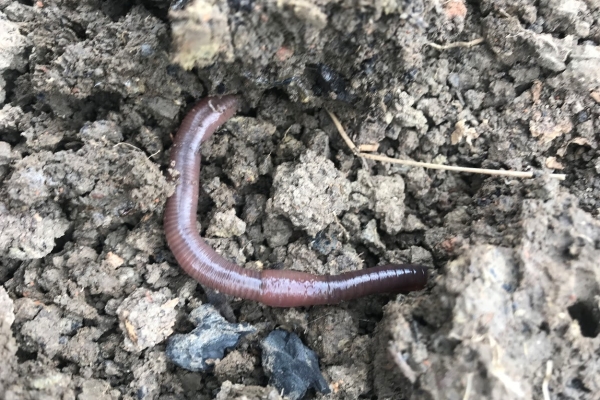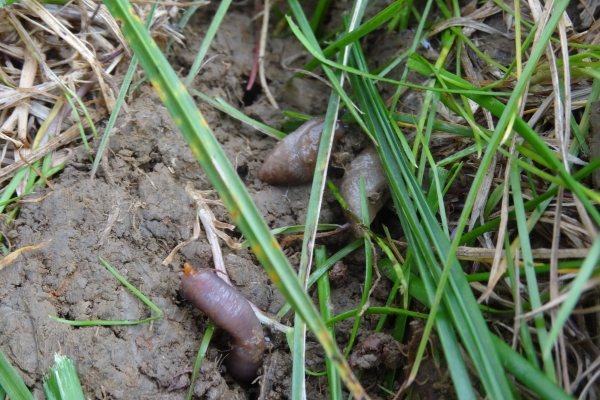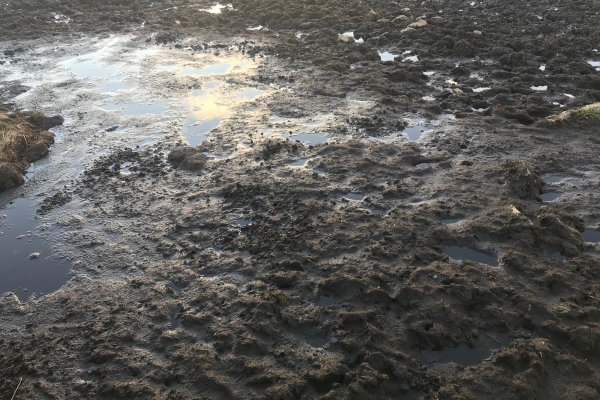Visual Evaluation of Soil Structure
Resource explained
Good soil structure is vital for crop germination, emergence, yield and quality, and soil health. It supports biological activity and helps regulate soil erosion and gaseous exchange rates, the movement and storage of water, soil temperature, respiration and nutrient cycling.
You can use this tool (a printable pdf) to carry out a simple quick test to assess soil structure. It is based on the appearance and feel of a block of soil.
It tells you the equipment you will need and when, where, and how to take a sample.
The method of assessment is broken down in to several steps; extracting the soil block, examining it, breaking up the block and the major aggregates, assigning a ‘score’ to your soil, confirming the score and calculating the block scores for two or more layers of differing structure. A chart to help you identify your soil structure and assign your score accompanies this.
Findings & recommendations
- The chart on the second page of the pdf, designed to help you to identify your soil structure and assign scores, gives you options to choose from of:
- Structure quality
- Size and appearance of aggregates
- Visible porosity and roots
- Appearance after breaking up the soil
- Distinguishing features
- Appearance and description of fragments
- The AHDB’s Healthy Grassland Soils – Four quick steps to assess soil structure’ has been based on this tool. Also in the form of a downloadable and printable pdf, this sward assessment tool accompanies the Healthy Grassland Soils Pocketbook. It takes you through the different steps of looking at your sward quality to identify potentially damaged areas, extracting some soil for closer assessment, assessing the soil block and soil aggregates, and assigning a score by matching what you see to the detailed soil structure and aggregate descriptions and photos.
- The idea behind both of the tools is to help you identify whether the soil structure needs to be improved to maintain soil health and where changes in management are required.
